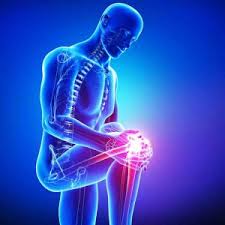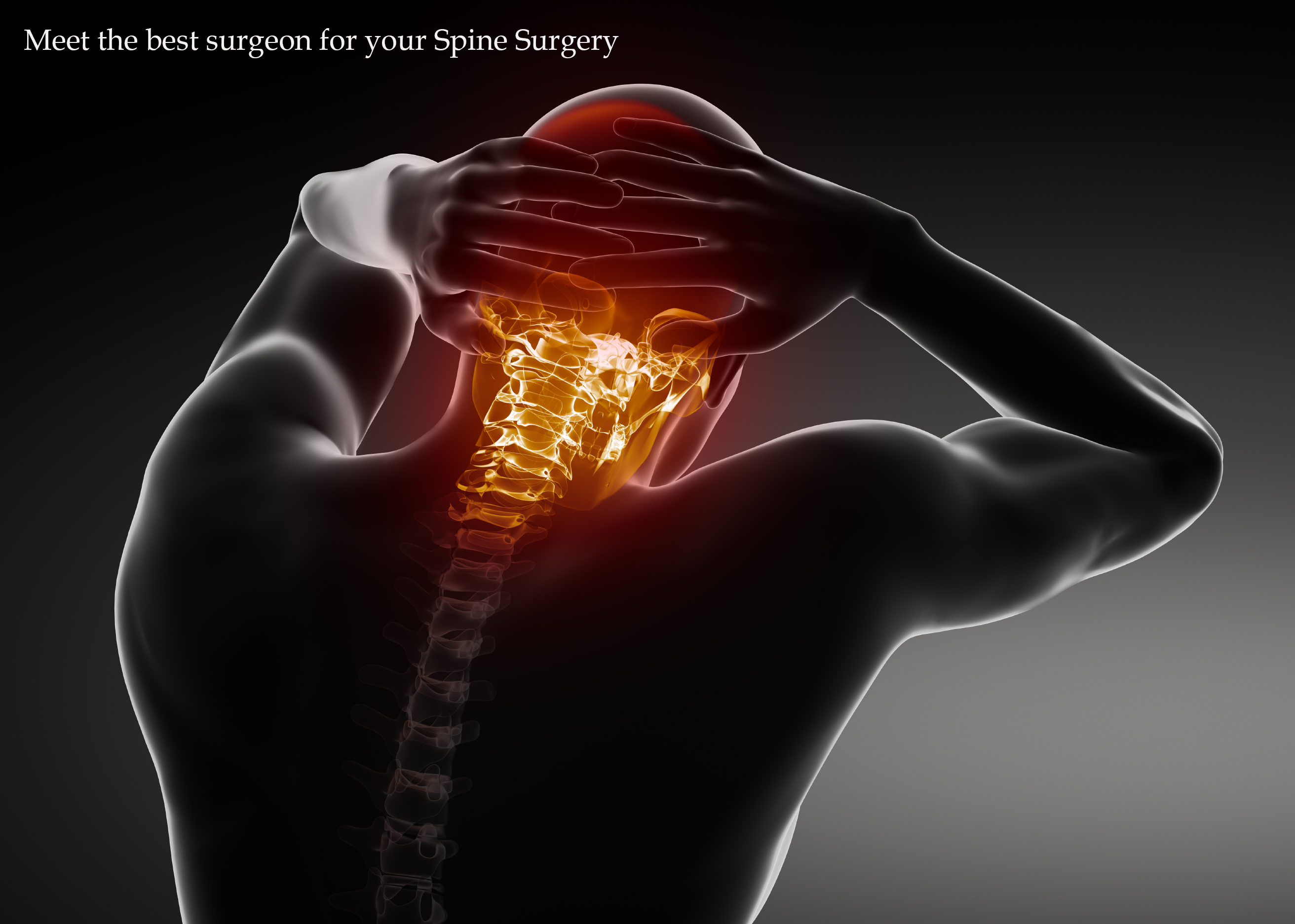What is cleft lip and cleft palate?
Cleft lip and palate are facial birth deformities. A cleft lip is a gap or discontinuity in the upper lip. A cleft palate is an opening in the roof of the mouth, which divides the mouth and nose. Clefts result from incomplete development of the lip and/or palate in the early weeks of pregnancy. It is during this time that the face is being formed. Separate plates of bone and tissue gradually move towards each other and join to form the lip and palate. When these parts do not join completely, it results in a cleft.
Occurrence and causes of cleft lip and palate
On an average, one in every 700 children worldwide is born with a cleft. It is the fourth most common birth defect, and the first most common facial birth defect.
Causes
Genetic factors: Sometimes a cleft can be genetic. The risk may be higher for children whose sibling(s) or parents have a cleft or who have a history of cleft in their families. Consanguineous marriage (marriage between close relatives or cousins) can also be a cause.
Environmental factors: Not all birth deformities are hereditary. Even in the absence of any genetic factors, there are some external factors that may result in cleft formation.
1. Maternal exposure to smoking, use of tobacco, illicit drugs or alcohol consumption during pregnancy is extremely harmful for the developing baby.
2. Certain medications like steroids and others as those prescribed for Seizures, Cancer, Arthritis, Tuberculosis etc have been linked to the development of a cleft. Harmful medications and erratic dosages taken without consulting a doctor may have detrimental effects on the foetus. Women taking oral contraceptive pills unaware of their pregnancy may also contribute to clefting.
3. Studies have shown cleft is also related to advanced maternal age and also to some hormone deficiencies and dietary deficiencies namely that of folic acid, iron, iodine and zinc.
4. Cleft lip and cleft palate may also occur as a result of exposure to viruses or infectious diseases like measles while the fetus is developing in the womb.
5. Exposure to certain harmful chemicals, vapours, pesticides, gun powder fumes, nuclear radiation, X-rays, gamma rays or dangerous reagents like in industrial workplaces have dangerous effects on the genetic composition and growth of the developing baby.
Classification of Cleft Lip and Palate
1. Cleft can occur either in the lip, palate or both. The cleft of both the lip and palate mostly involves the upper alveolar (teeth bearing portion of the jaw) bone.
2. A cleft lip can be either unilateral (one-side only) or bilateral (both sides).
3. Cleft lip can either be incomplete (mild notching of the lip) or complete (large gap from lip to nose).
4. Cleft palate can either be Cleft of the Hard Palate- cleft in bony portion of roof of the mouth, Cleft of the Soft Palate- in the soft, muscular part of the palate, behind the hard palate or Cleft of both the Hard and Soft palates including the Uvula (soft tissue projection from middle of soft palate).
Submucous Cleft Palate – This cleft occurs in the tissues beneath the mucous membrane that covers the palate. Hence it is often called the “invisible cleft”. This cleft is detected only when the child has a difficulty in speaking.
Treatment for cleft lip and cleft palate:
Primary lip repair
The main concern is creating a lip seal to enable the child to suck milk. But before the child is healthy enough to undergo the surgery, a feeding plate may be given to prevent aspiration of milk from the mouth to the nose, through the gap in the palate (roof of the mouth). Specially designed feeding bottles may also be used to help in feeding
Article By
Balaji Dental & Craniofacial Hospital, Chennai.










